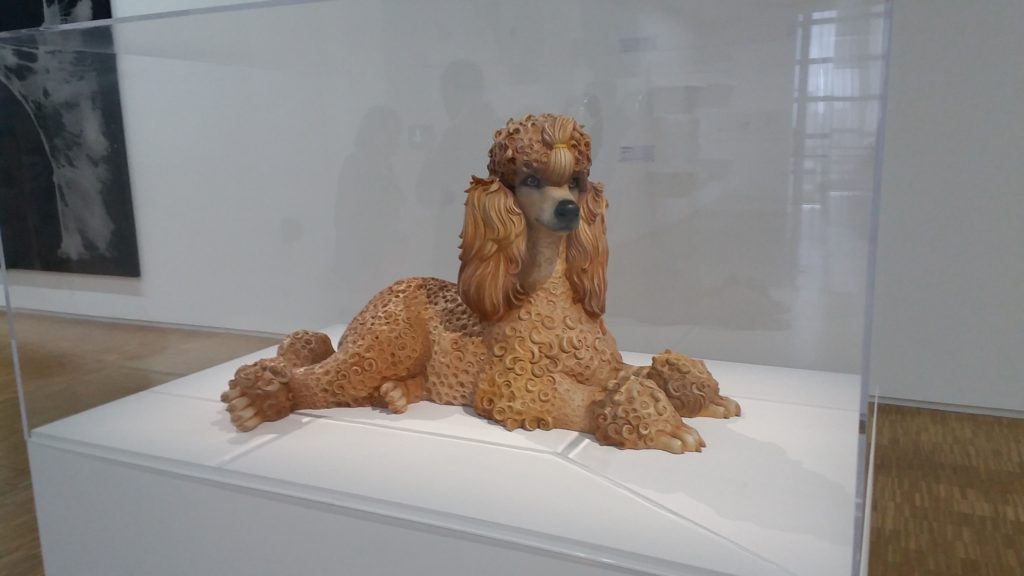Photographs: İpek Yeğinsü
Cover image: MAM Paris official website
We all know Paris as the capital or art and romance. Although Louvre and Mona Lisa are the first things that come to our mind referring to Paris, the city also has a solid infrastructure of museums of Modern, Contemporary or even New Media Art. We are talking about a city that is the birthplace of Impressionism. And there is more; the majority of the artists that moved to New York and started the Abstract Expressionism making this city the invincible art capital of the world to this day, have a Parisian origin. Let’s take an exciting journey together into the summer exhibitions currently on view at MAM Paris (Musée d’Art Moderne de la Ville de Paris), Palais de Tokyo and Centre Pompidou, some of the leading museums in Paris.
MAM greets us at the reception hall with a light installation by Lucio Fontana (Picture 1). Next to it stands a gallery space dedicated to the French Fovist painter Raoul Dufy’s colossal wall painting La Fée Electricité dated 1937 (Picture 2). Dufy’s 600-meter-square work depicts the history of electricity, the scientists involved in its development and its areas of use.
Our first stop in the museum’s temporary exhibition program is the solo show of Albert Marquet, a painter who succeded at building an authentic artistic language independent from Post-Impressionism and Fovism but in close relationship to both. At the exhibition running until August 21, Marquet’s works are presented in a configuration sensitive to thematic/chronological relations. Ending on the same date, Paula Modersohn-Becker’s exhibition features the artist’s works and correspondences, documenting her important mark in art history despite her short career spanning a single decade. The exhibition places a considerable emphasis on her friendship with the poet Rainer Maria Rilke.

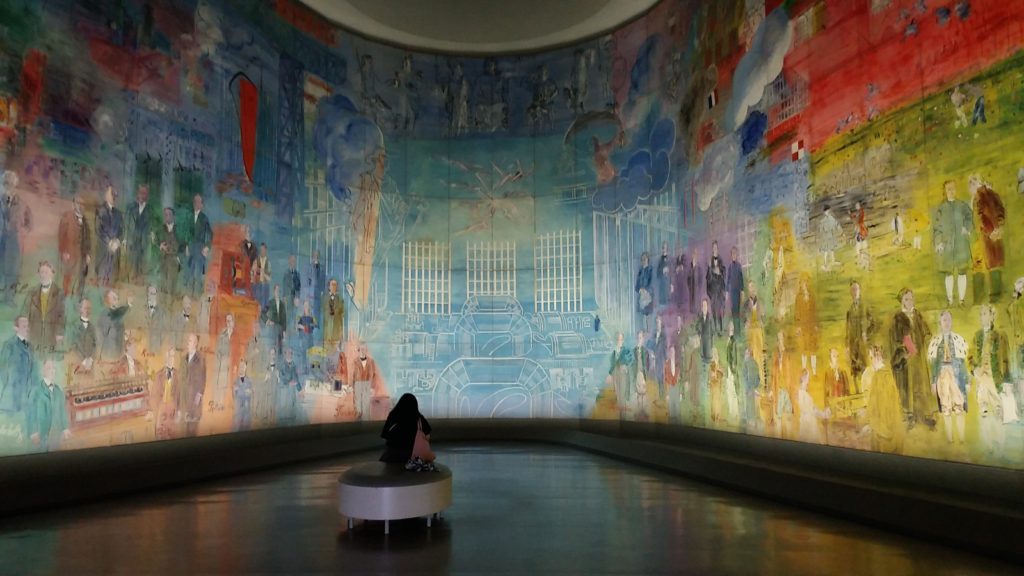
Unfortunately ended on July 17, “Pandora’s Box: Jan Dibbets on Another Photography”, on the other hand, is simply breathtaking for photography enthusiasts. The history of the medium is told through the works selected by Jan Dibbets, himself an important Conceptual artist; there is no one missing in the line-up that brings together seminal works with contemporary ones: Röntgen who uses photography for science, Muybridge’s horses, Man Ray’s passionate silhouettes (Picture 3), Thomas Ruff’s abstract compositions (Picture 4), Performance and Land Art masters who make use of the medium like Bruce Nauman (Picture 5), series by Bernd and Hilla Becher, the founders of the Düsseldorf School and many more.


The museum collection is presented in two galleries, Modern and Contemporary. Here Louise Bourgeois’ famous spider (Picture 6), Yves Klein’s bust created with his trendmark blue (Picture 7), Robert Delaunay’s gigantic paintings (Picture 8) and Tacita Dean’s contemporary video-collage work JG (Picture 9) deserve a mention.
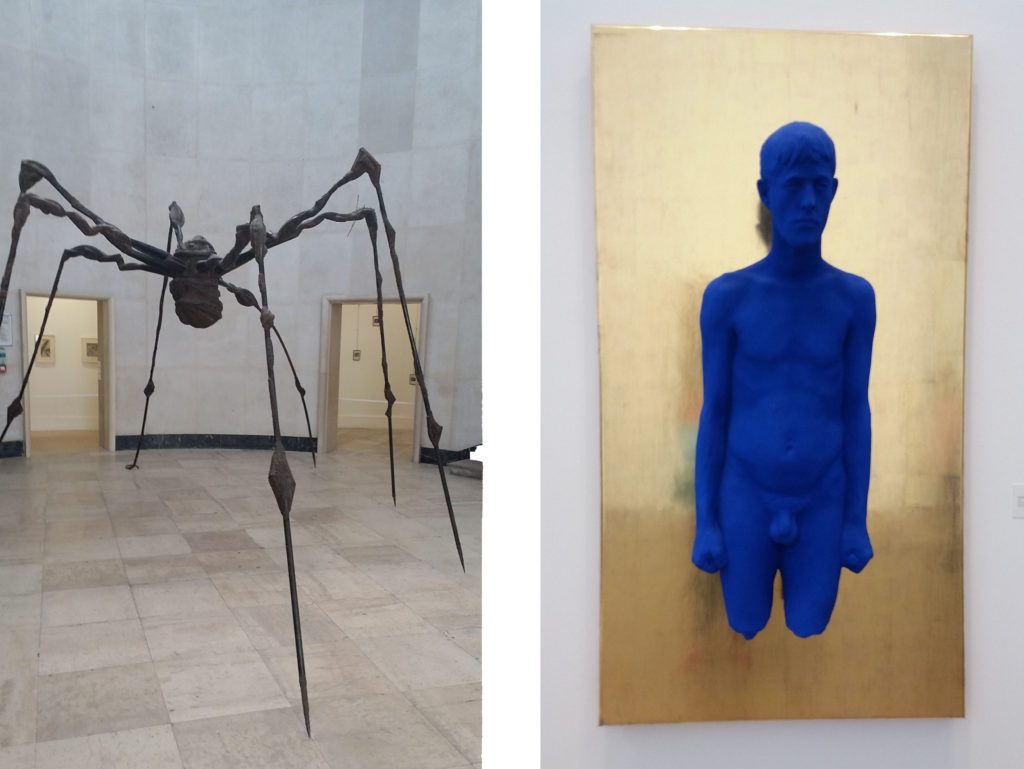
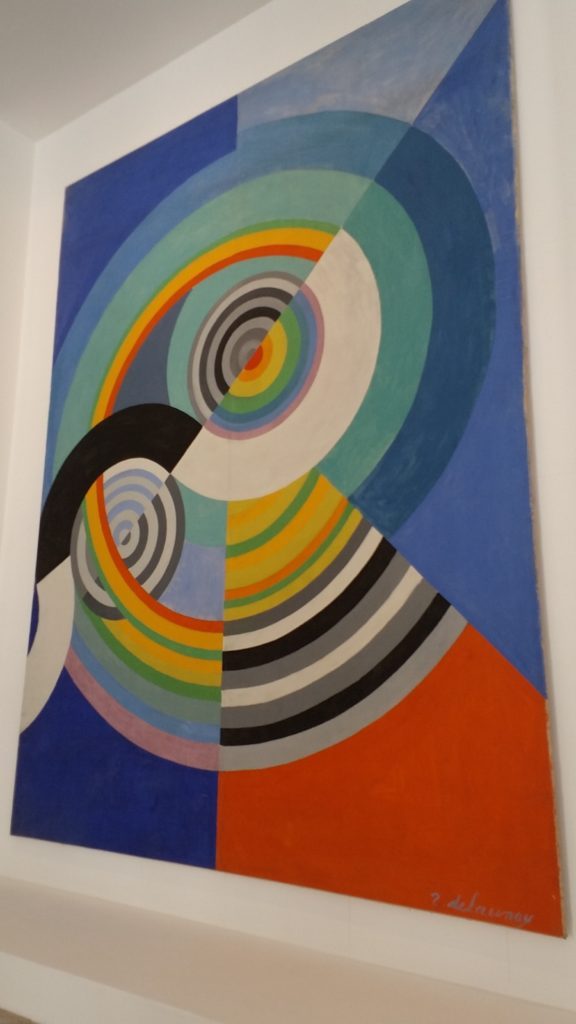

We leave MAM and proceed to Palais de Tokyo. Presenting colossal exhibitions especially focusing on areas like video and new media, in every corner at Palais de Tokyo’s vast spaces another exhibition or installation awaits discovery. Here one of the most impressive works is L’intervalle de résonance, a video work by Clément Cogitore, running until September 11 (Picture 10). Exhibited as a gigantic projection, the work can be seen from a comfortable, soft cushion, and it evolves around unexplained phenomena in a sinister world. Saluting the recent mania for space-documentary genre in cinema, it purposefully avoids providing the viewer with clear answers about what’s going on; in short, the story is completed by the viewer’s hopes beliefs and fears.
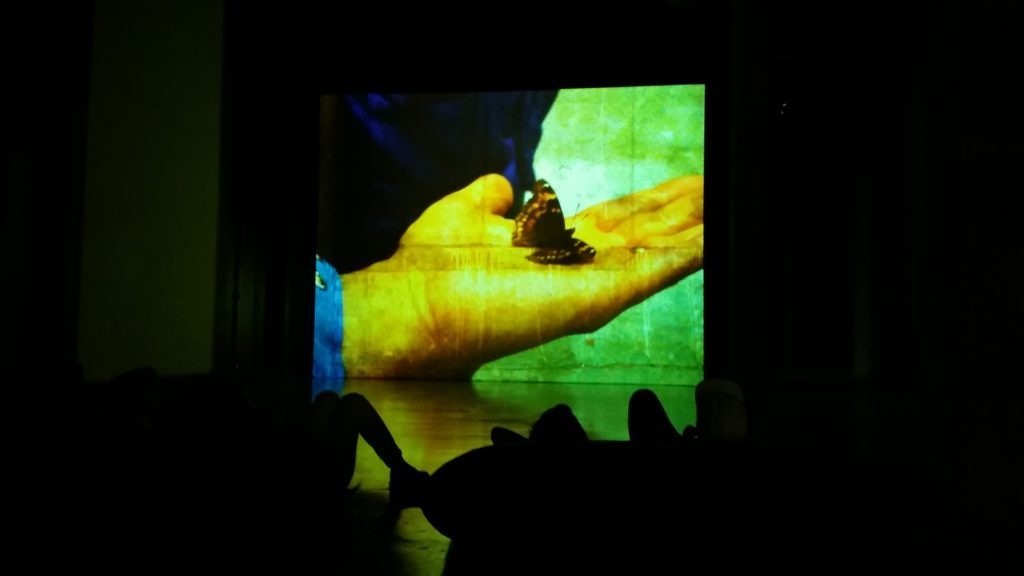
At the Palais de Tokyo we also come across a familiar face: Mika Rottenberg, whose work Squeeze was presented at the Istanbul Biennial. Here the artist reconfigures some of her video works in a new installation, exhibiting them side by side with certain assemblages and/or objects we see in them, telling the story of robotized women devoid of souls and enslaved by factories, and does so in an ironic language (Picture 11-12). It is also possible to visit at this floor the exhibition FOXP2, Marguerite Humeau’s first large-scale solo show; the exhibition combining the scientific with the mythological, and the real with the fictional, aims at generating a perceptual experience stimulating various senses simultaneously (Picture 13).


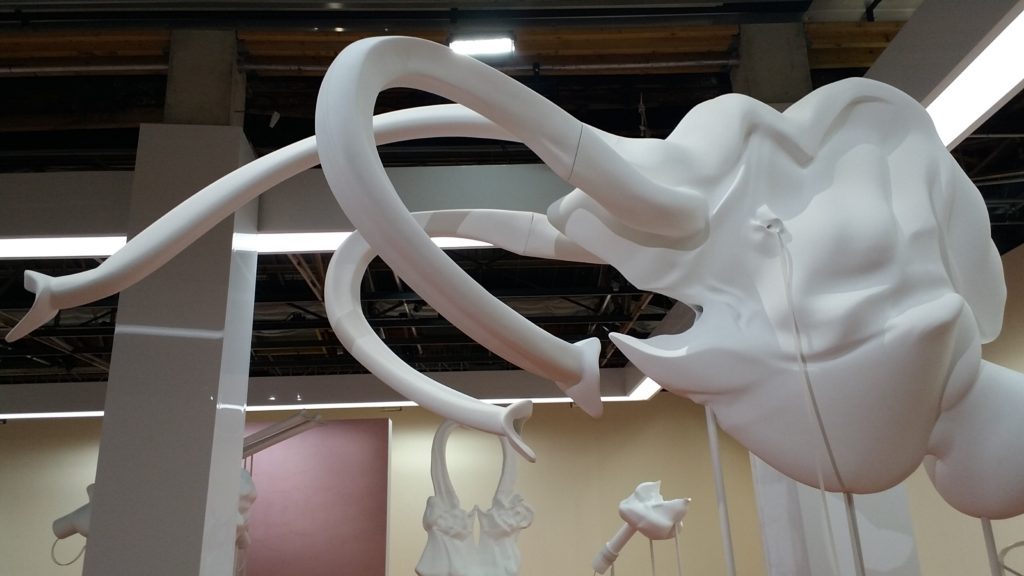
Another breathtaking experience awaits us at the main gallery space of Palais de Tokyo. The poet, writer, novelist and filmmaker Michel Houllebecq’s “Rester vivant” (Staying alive) combines photography, video, literature, painting and new media to create rooms with very different atmospheres, the common aspect of which is their emphasis on “clinging to life”. Resembling a film set/scenario sketch, the exhibition invites the viewer to a breathtaking journey among the various ideas floating in the artist’s mind (Picture 14-15-16).
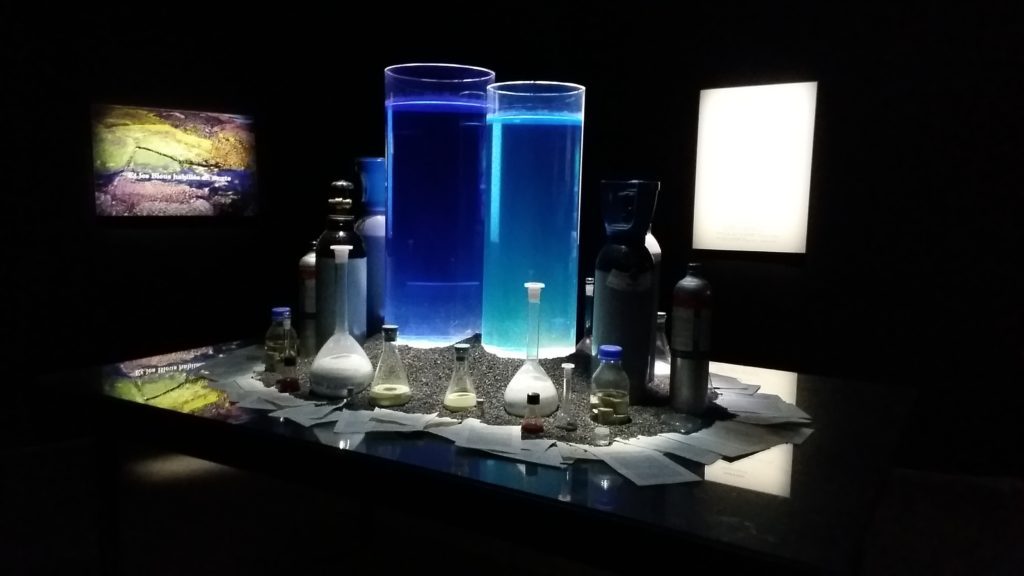


We leave Palais de Tokyo and the many more exhibitions awaiting discovery, to visit Centre Pompidou. As we step in we reach the site-specific installation by Haegue Yang inaugurated only a few weeks ago, combining the artist’s typical material, alminum window shades, with video art pieces (Picture 17). Then we suddenly leave the domain of technological art, go to the first half of the 20th century to find ourselves at “L’Ironie a L’Oeuvre”, the exhibition that approaches Paul Klee’s art within the conceptual framework of irony and satire. Presenting Klee’s works in relation to the chapters of his life, the exhibition is particularly successful at hinting at the traumatic experience of WWII (Picture 18-19).
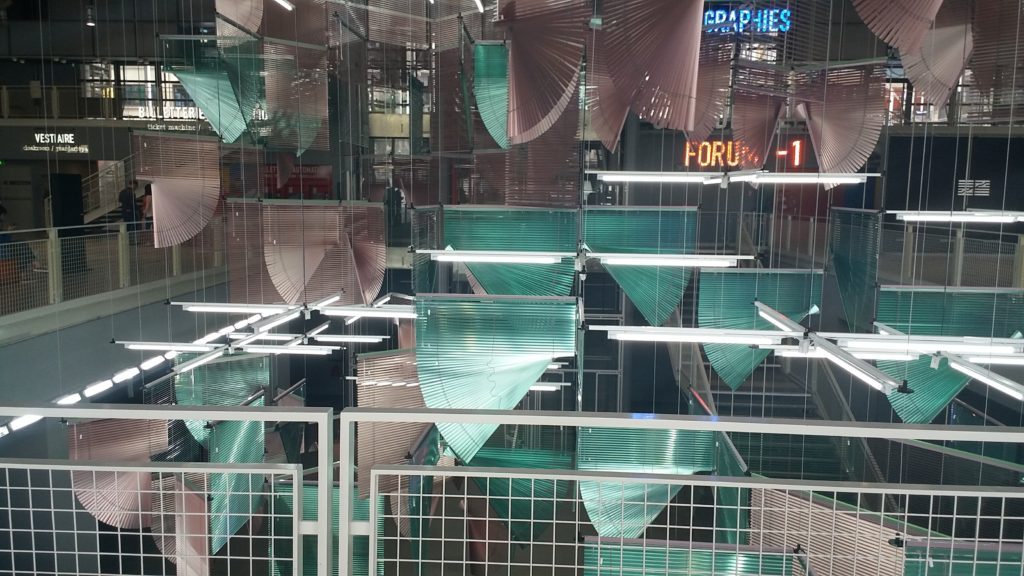


Another temporary exhibition on view at the Centre Pompidou takes us back to video projections and photographs. “Beat Generation” introduces us to an activist group that made art in the US throughout the 60s and 70s. The group opposing Vietnam War and fighting racism, fully merges us in the 68′ spirit; the atmosphere is strengtened by the simultaneous presentation of photographic portraits from American daily life and sound recording devices of the same period (Picture 20-21-22).

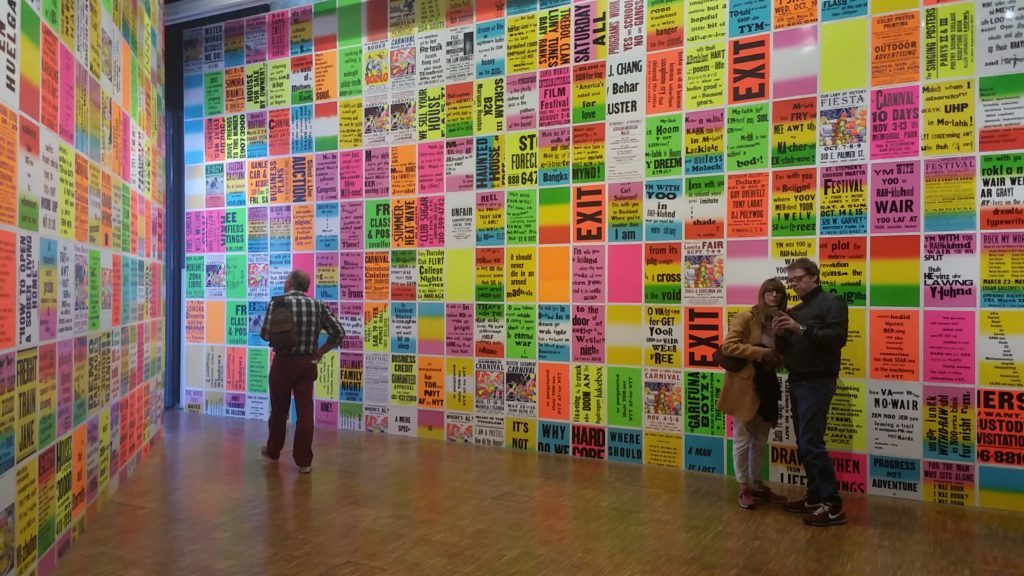
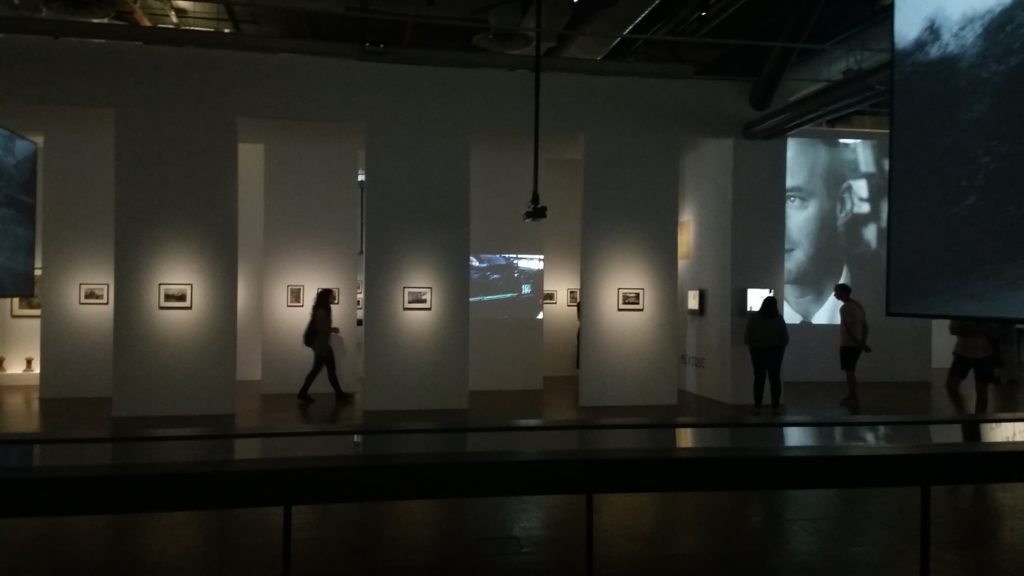
Centre Pompidou’s Modern and Contemporary art collections are absolutely worthy of a visit. Here globally recognized names from art history are featured next to relatively less internationally famous artists that are important for France. Picasso, Kandinsky, Matisse, Gris and Leger are particularly worthy of mention in the Modern section, whereas the Contemporary section’s highlights include Jeff Koons, Richard Serra, Hito Steyerl, Olafur Eliasson, Philippe Pareno, Gary Hill and Joseph Kosuth (Picture 23-24-25).

